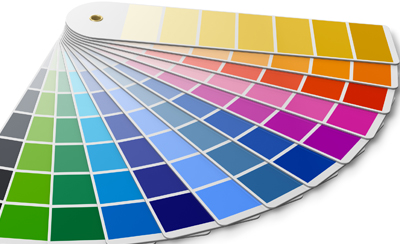Measuring Color Intensity
Textiles and fabrics manufacturing Textile manufacturers usually produce large batches of fabric, each of which must be exactly the same in terms of lightness, color and brightness. However, the human eye is not particularly adept at finding differences and variations in color intensity because surrounding colors, lighting conditions, and atmospheric conditions may influence the eye’s color receptors. Thus, it has become quite common for textile manufacturers to utilize spectrophotometers or colorimeters to measure samples of fabric batches as part of their quality control measures. Because many things can interfere with the color reproduction of dyes, and because even slight differences in color intensity can harm a manufacturer’s brand identity, these color sensing devices are essential in keeping color intensity and chromaticity consistent across large batches of textiles and fabrics.
Photography Professional photography is very sensitive to color, and devices such as light meters can be used both when planning a photoshoot and during postproduction to highlight specific colors in an image. Similarly, many commercial photography campaigns rely on highlighting specific colors, such as brand colors, over background visual noise. In these cases, colorimeters can be used to ensure that specific colors always achieve the same levels of intensity across different images with different types of levels of background visual noise.
Digital display calibration Digital displays such as those found in HD TVs and laptops often require special calibration in order to achieve maximum color output. Because many things can interfere with their operation, factors such as ambient light, LED panel manufacturer, and line-in type and quality for instance, these displays benefit from using color analyzers because black levels and white levels can be adjusted precisely for specific viewing conditions.
Regardless of the application, color intensity measurement is often necessary not only for aesthetic purposes but also for ensuring consistency across manufacturing runs and for ensuring that high-performance displays are maximizing their value. Finally, because viewing conditions for displays may change, it is often necessary to take multiple colorimetric readings at several times. This ensures that short-term fluctuations aren’t factored into color calibration settings and that manufacturing and display settings are optimal across a variety of conditions. For more information see how a colorimeter could be useful or visit our learning center to discover more.











